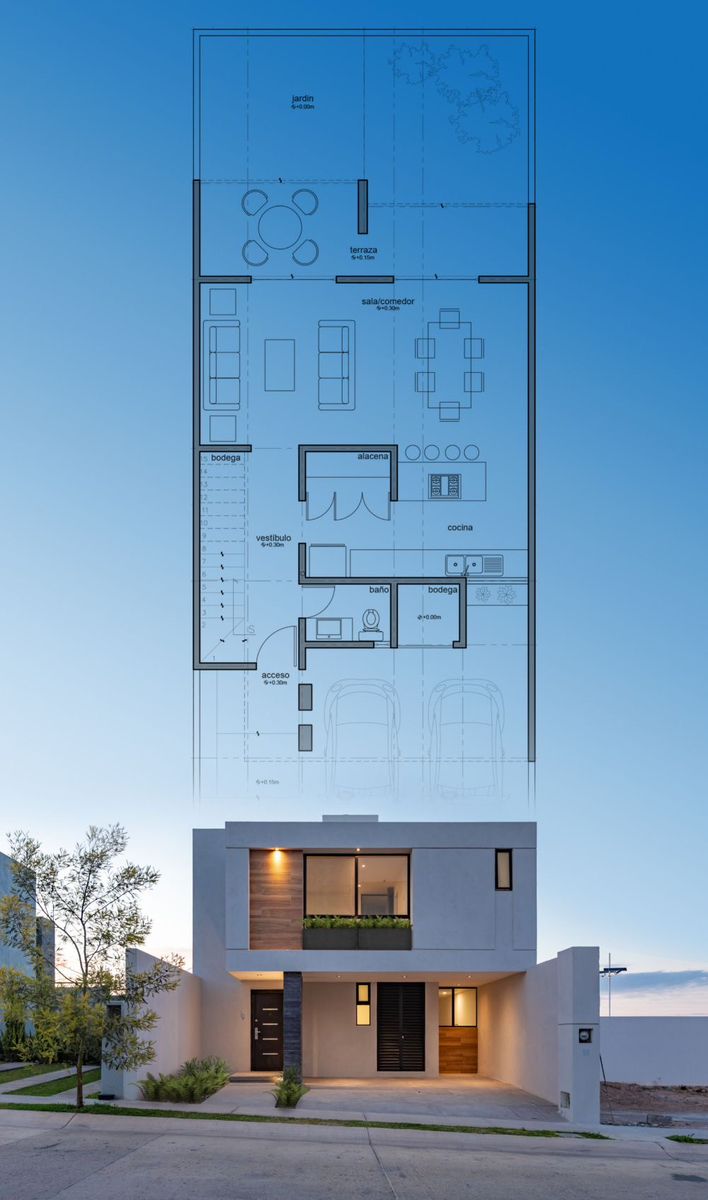The contractor’s role becomes more profitable and sophisticated – what we refer to as a manufacturing assembly manager.
Equally, we could also take components from one asset, and then use them for a different asset type in another part of the world.This is very appealing, as reusing is even more sustainable than recycling..

However, it’s worth stating that this is a huge simplification; that the true meaning of ‘circular economy’ is phenomenally complex (especially when we’re considering a 60-year plus period – how well do we believe someone in 1960 would have predicted the market in 2020?)This is a topic in its own right that we’ll explore another time – but what we can say for now is that construction Platforms seem like a sensible way of facilitating this approach.. What are the challenges to widespread adoption of construction Platform design?.None of the challenges present in getting the industry to adopt a construction Platforms approach are technical.

The majority of objections are linked to cultural mindset factors.These include issues like insurance warranties, intellectual property, and risk allocation in construction.

We’re not suggesting traditional construction isn’t risky.
We know from government data that almost 10% of their spending on construction is allocated to risk.Right now in the construction business, you have lots of these contractors opening up fab shops, and they're not going to manufacturing consultants to figure out how to set up a fab shop.
It’s like, wait.Why wouldn’t you do that?”.
Furthermore, this industrialised construction shift isn’t going to happen overnight.It’s taken the automotive industry years to get to the use of six-axis robots, but that was an evolution from very simple automation.